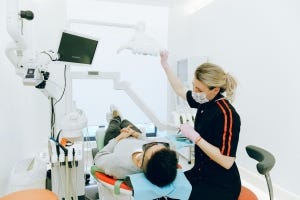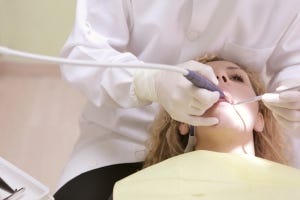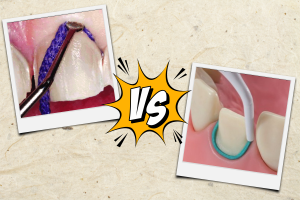Diamond Burs vs Carbide Burs

Diamond burs vs Carbide burs
When it comes to diamond burs vs carbide burs, not all are created equally. In fact, many dental burs are two pieces fused together which normally do not fracture or break, yet it’s important to note that these are more likely to than a one-piece bur.
In terms of variety, there are many different brands for either carbide or diamond burs but most brands will manufacture both. Some of the most well known bur suppliers include Microcopy, Alpen, Meisinger, SS White, and Defend. While Premier, one of the world’s leading manufacturers of dental supplies, only makes diamond burs. Normally, the manufacturer's diamonds come in both reusable and disposable styles. While carbide burs also come in reusable and disposable styles. Both carbide and diamond burs also come in many different shapes and sizes.
How are diamond and carbide burs sold?
The standard sized pack of reusable diamond burs is five, and disposable is 25. A few brands have diamond burs that come with 10 in a pack, and they are normally the lesser expensive brands. But the average five pack of a name brand diamond burs costs $45.
Many manufactures will offer end user promotions to entice dentists to purchase more at a time and get a better net cost. The lesser expensive 10 packs average out to $20 per pack or $2 per diamond rather than $9. Some say they are basically disposable style, but doctors can usually get at least two to three uses with these—and the same goes for the diamond burs intended for one time use.
What are the key characteristics of diamond burs?
One of the best aspects about disposable diamond burs is that they are pre sterilized and come individually wrapped. Whereas their reusable counterparts are packaged as a punch pack with a perforated backing. A lot of dentists rave about always having a fresh dental bur every time they are prepping a tooth.
Few diamond bur brands have surgical length diamonds, but the one we have found to be most consistent and have a great variety is Meisinger’s diamond bur. Not only do they have surgical length, but they also have short shank styles and a vast variety of shapes that most brands do not offer.
Zirconia diamonds haven’t been around for long but they sure got popular fast! SS White Great White Z diamonds are our top selling zirconia cutting burs. Other brands have them available but SS White makes a great product that can be counted on in this area.
Many doctors are looking for contrast when working close to the teeth or even on the teeth themselves, Alpen diamonds are all gold color to help with just that. With a large variety of shapes and convenient small packaging stocking up with these is a must!
Besides carbide burs not having diamond on their cutting surface, both carbides and diamonds have different grits or blades for different purposes. Diamond burs have grits like super coarse, coarse, medium, fine, very fine, and ultra-fine. The coarse and super coarse are used for cutting away tooth structure and the fine and finer grits are used for smoothing, polishing, and outlining preparations.
Disposable quality diamonds include Microcopy NeoDiamond, Coltene Alpen X1, SS White Piranha and Meisinger Singles.
A few reusable diamond brands include Premier Two Striper, Coltene Alpen Diamonds, and Meisinger.
The lesser expensive brands are Defend, Quala, 3D Dental Sabur.
What are the core features of carbide burs?
Carbide burs are mostly made to be used more than once. Only Microcopy NeoBurr is a single-use pre-sterilized option. These burs are also great because they are one piece and not fused together. Other brands of carbide burs include; SS White, Meisinger, Alpen, Miltex, Beaver and Sabur. All of these brands make both standard and surgical length varieties. Most are available in packs of 10 and 100, and like the diamonds, the manufacturers offer end user promotions to help with costs and earn free burs! The surgical burs are normally sold in packs of five and Miltex comes in packs of 10.
Unlike diamonds, carbides do not have grits like coarse and fine, but rather blades.The more blades on the head of the bur the smoother the surface it touches becomes. Ultra-fine, very fine, and fine carbides are called trimming and finishing burs and they have 30 blades, 20 blades, and 12 blades respectively.
Another difference between carbide burs and diamond burs is that diamond burs are friction grip (high speed) and carbide burs are both friction grip and latch (slow speed). There are converters for handpieces but this is how they are primarily sold.
The most popular sizes of high-speed carbide burs are two, four, six, 245, 330, and 557. And for slow speed burs is two, four, and six. The single digit numbers correlate to a round ball with the two being smaller than four and six and so on.
Which burs should dentists buy and use?
Truthfully, there are so many options to choose from and every single dentist has a different way to receive the same result. Depending on where the doctor went to school or who they were working for may depend on their style of preparations or drilling techniques.
Ultimately, there is no right or wrong way and that’s why so many dental bur manufacturers make so many varieties and options to try and differentiate themselves from the pack.
Shop our collection of dental burs available in diamond and carbide here.



